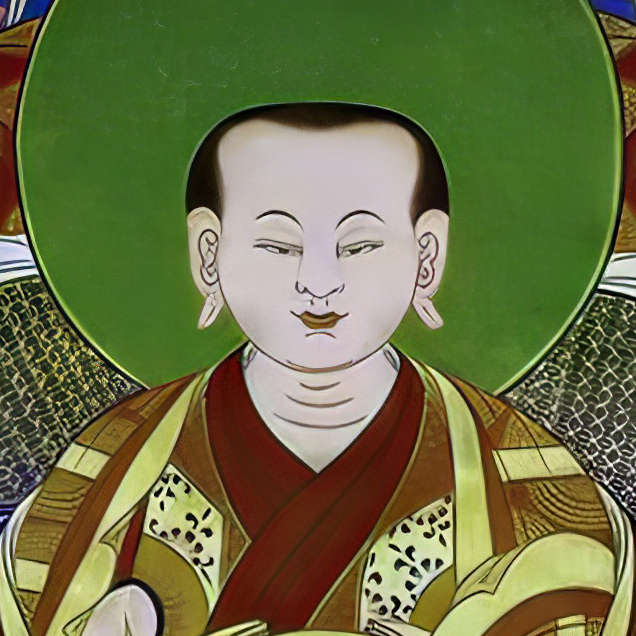Path of Clear Light introduction
Before we start practicing Buddha Dharma, we should first contemplate questions such as: Why do I experience afflictions and suffering in life? Why should I study Buddhism? Why do I seek liberation? How do I free myself from suffering? Which path should I practice? What kind of teachers should I follow?, and so on. Just like falling ill, we should first use various methods to diagnose what kind of illness we have and then use the appropriate medicine as the cure.
If we practice blindly without careful contemplation beforehand, on the surface we may appear to be diligent and may also feel good about it, the practice will not be stable over a long period of time. It is also possible that we may have already become sidetracked, or be experiencing many problems in the practice without even being aware of this.
Only through rational analysis, understanding the theory of Buddhism, observing the merit of the teacher, and then following this path, can we avoid losing faith or having regret when we encounter obstacles in the course of practice. Slandering the Buddha Dharma and the teacher due to loss of faith may also be more easily avoided.
Furthermore, the deeper we understand the theory of Buddha Dharma, the more we will be dedicated to study and practice, and the more diligently we practice the happier we will feel. Since the content of the Buddha Dharma is so profound and vast, and countless paths exist, there is much to learn. However, our lives are very limited and therefore we should try to grasp the key points of the practice as soon as possible, just as we would deal with a serious and urgent disease, in order to find and treat the root cause.
The rational approach to the practicing of the Buddha Dharma originates in hearing, contemplation, and practice. The correct relationship between hearing, contemplation, and practice is as follows: hearing and contemplation are like the eyes, practice is like the feet. Thus, practice without hearing and contemplation is like a man walking without eyes, or ‘blind practice’. Hearing and contemplating without actually practicing is like seeing the road ahead clearly but not taking a step forward. In this way you will never reach your destination. The 84,000 Buddha Dharmas can be summarized in the Dharma of transmission and the Dharma of realization. Through hearing and contemplation we can understand the Dharma of transmission; however, the aim of hearing and contemplation is to actually practice. Through
practice we can attain the Dharma of realization: to understand the true nature of the mind, completely cleanse the mind of all confusion, and cut the root of all afflictions and suffering. Practice based on right hearing and contemplation ensures that we will be less likely to stray from the right path, and make steady progress.
Dedication
This chapter is part of: Introduction Course - Part 1: RenunciationBy this merit may all attain omniscience.
Having defeated the enemies of wrongdoing.
In the turbulent waves of birth, old age, sickness and death;
May all beings be liberated from the ocean of samsara!

